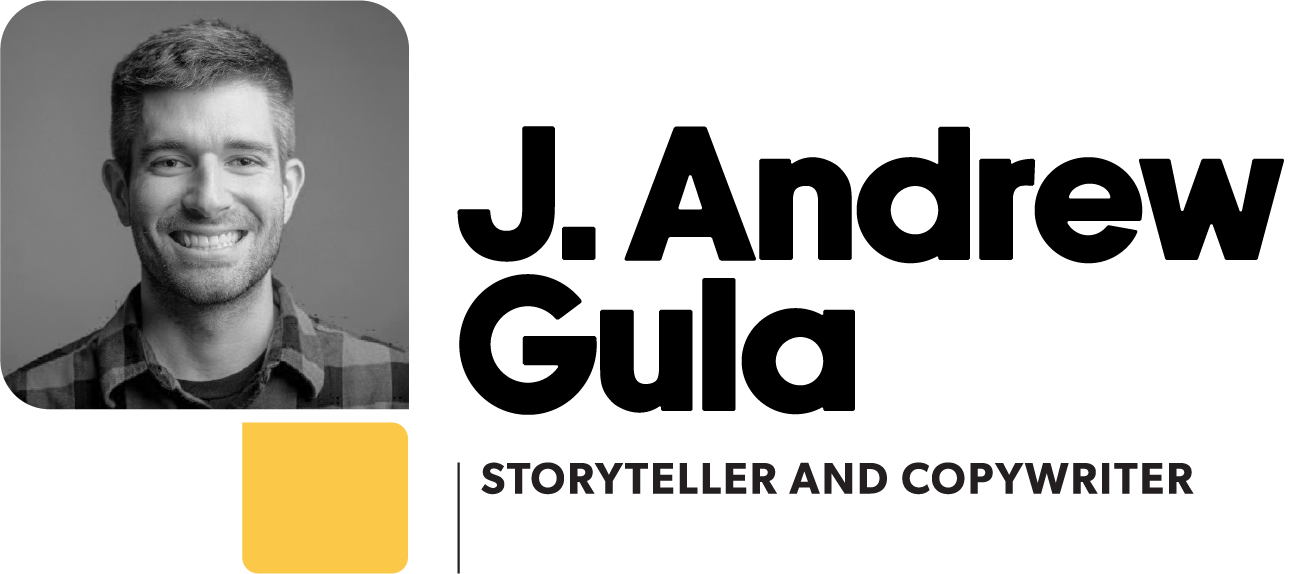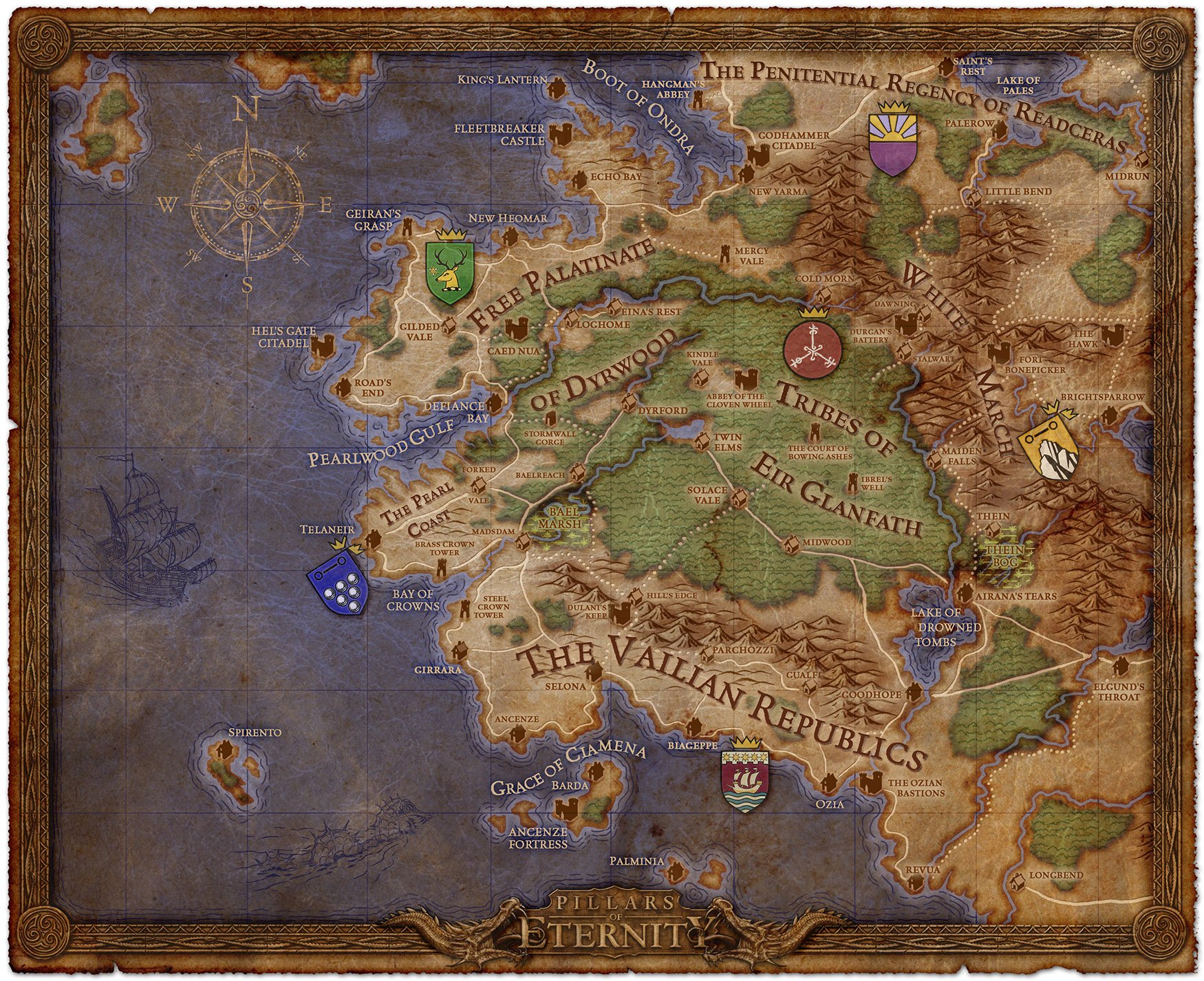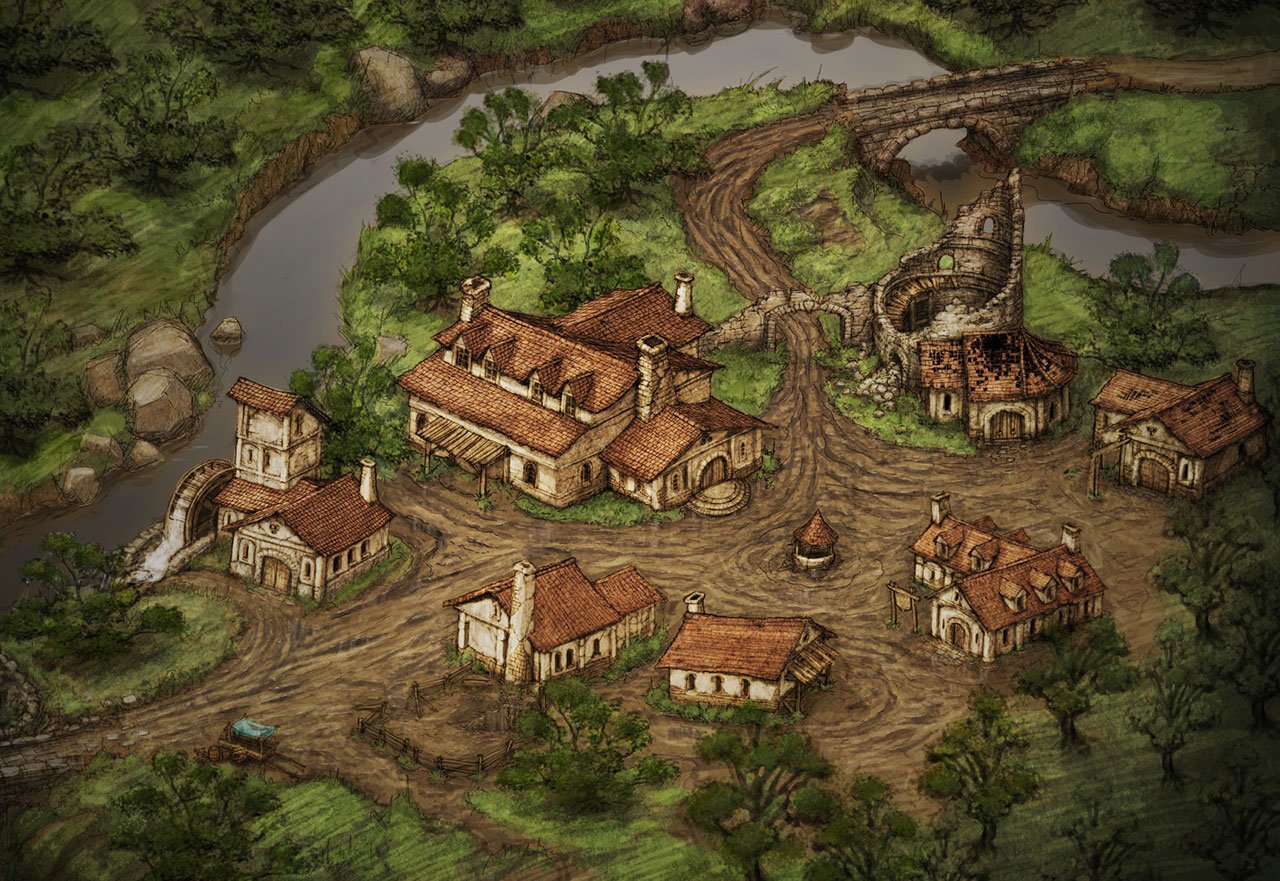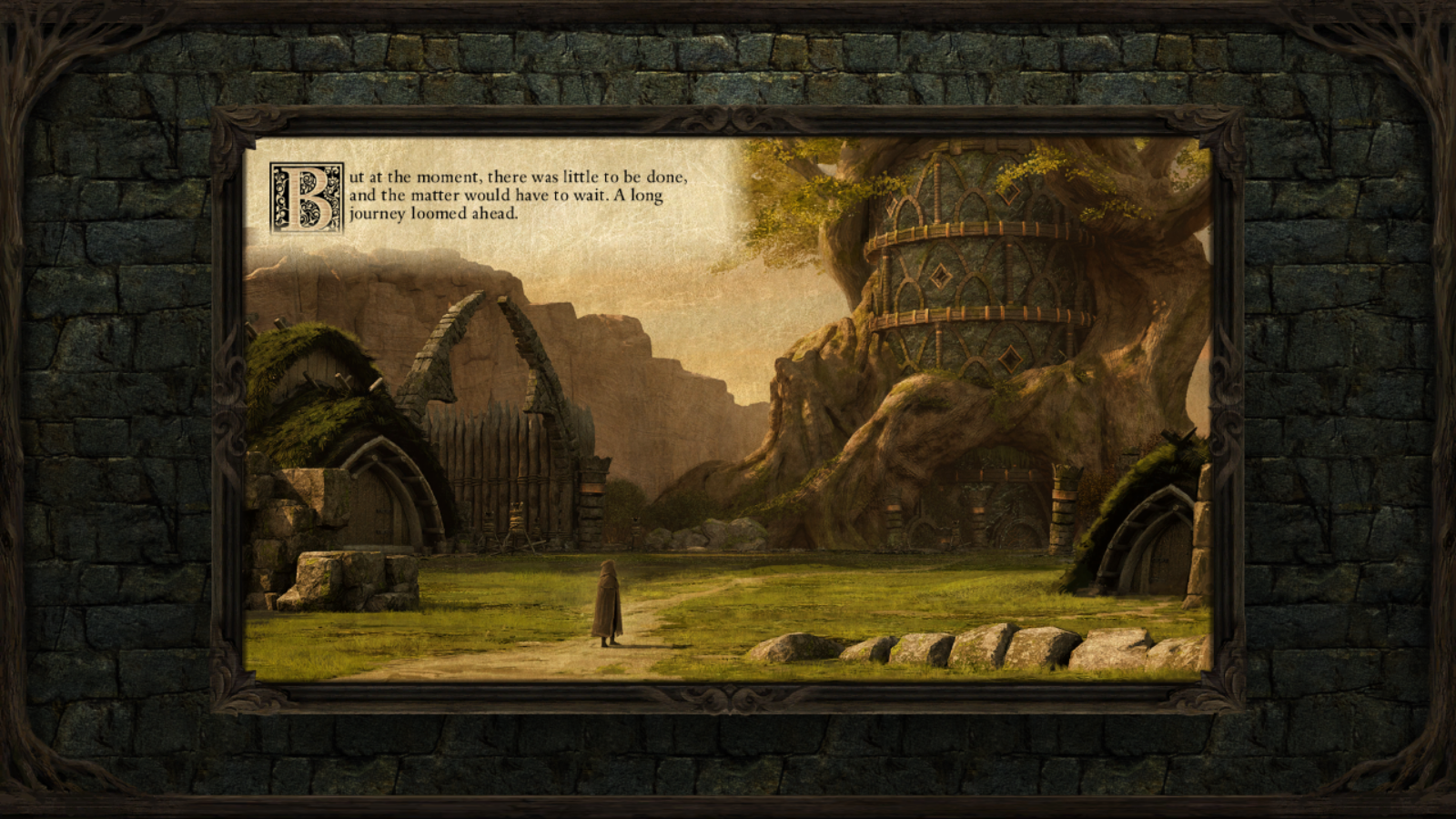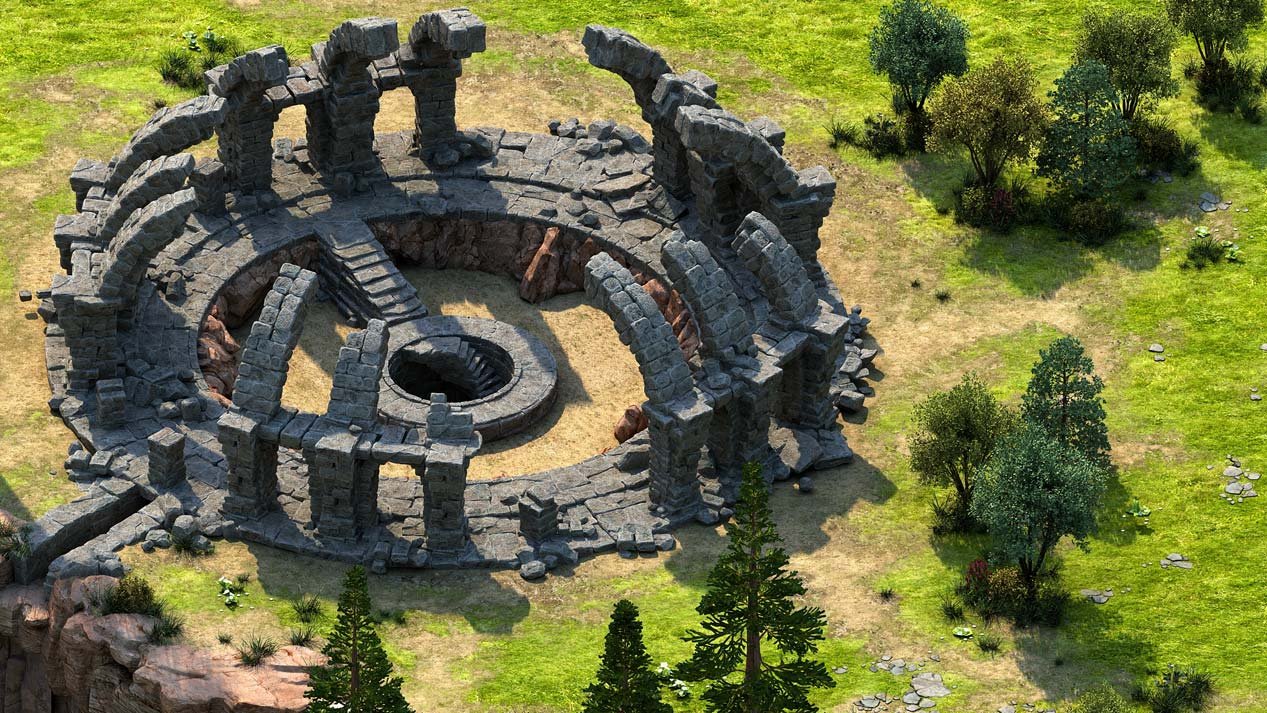Pillars of Eternity review
I recently finished Pillars of Eternity, a game that spoke to me more than any other game I've played this decade. It reminded me of Dungeon Siege and Neverwinter Nights—those meaningful and inspiring games I played during middle school and high school. The fact that a company went back and tried to revive that genre is really, really exciting. And the storytelling element (and its impact on me as a gamer and a writer) feels relevant to what this site is for.
Without further ado, here are my thoughts on Pillars of Eternity.
The storied adventurer
Every once in awhile, we’re lucky enough to find a game that hits all of the right notes. Resonating themes, compelling characters, endearing music—these are the things I expect to find in the top tier of video games. But, sometimes, one of those games pushes the envelope even further. When a game does that, it elevates itself, its contemporaries, and its predecessors.
Pillars of Eternity is a masterpiece, a re-envisioning of the isometric “cRPG” titles that defined a generation of roleplaying experiences. And perhaps the most incredible part of the game’s story is its origins.
Pillars of Eternity (or “Project Eternity,” back then) appeared on Kickstarter back in 2012. A team at Obsidian Entertainment had worked on those aforementioned cRPGs, games like Icewind Dale and Baldur’s Gate and Neverwinter Nights. That defunct genre inspired most of Obsidian's employees. And almost two decades later they still consider those games among their all-time favorites.
With the group’s combined pedigree, there was no team in the industry better suited to revisit the cRPG genre. But they still wanted to make sure there would be a market for a monumental task like that. So, first, they would need to test the waters of the community. Here was their pitch:
“Project Eternity is a party-based fantasy roleplaying game inspired by the Infinity Engine games (Baldur’s Gate 1 and 2, Icewind Dale 1 & 2, and Planescape: Torment) set in an original world created by Obsidian Entertainment. The camera has a fixed axonometric (high angle) perspective (with zoom!). The environments are 2D backgrounds combined with 3D characters and visual effects.
"Project Eternity's team is focusing on three core ideas that will capture the Infinity Engine experiences players loved so much:
Unique, beautiful, dynamic environments that encourage and reward exploration.
A story that is both personal and far-reaching, with believable characters and factions that create compelling dilemmas for players.
Fun and challenging tactical combat that can escalate in difficulty through the use of optional game modes."
Called to their labor
…and boy did the community answer! In less than a day, the project fundraised more than its initial $1.1 million goal; by the end of their campaign, they’d raised just under $4.2 million. They surpassed all of their stretch goals and took the development world by storm.
With a focus on building things the right (see: “old school”) way, keeping in line with expectations of the cRPG genre, and really flexing out the creative muscles they’d always wanted to show in one of these games, the group at Obsidian dove headlong into a 2.5-year development cycle on what would become their masterpiece.
This commitment quickly endeared the project—and the team behind it—to more than 77,000 backers. (And if I had known about this project back in Sept. 2012, you can bet I’d have join in!) The long development process gave Obsidian a chance to establish a true bond with a dedicated fanbase of like-minded gamers. And when the game released, it did so to critical acclaim. Pillars of Eternity hit the ground running, with AAA-tier polish and the handcrafted feel of an indie.
Best of all, 77,000+ players felt like they’d been a part of the development. That created a shockwave of community support and advertising. And the addition of a making-of documentary (not unlike the Double Fine Adventure) further solidified this “open door” policy between the team and the players.
Sadly, I missed out on all of the early excitement. I didn’t have the proper hardware to run the game when I discovered it at the end of 2012, but I finally got around to Pillars of Eternity earlier this year when I transitioned to a gaming desktop. (And yes, the game was my first purchase.)
Yes, I unknowingly set the bar as high as I could. But while the transition to a new world overwhelmed me with names and places, I loved it. Each hour further immersed me into this new realm; by the end I found myself designing my own adventures in the world of Eora. I spent well over 60 hours on my first playthrough, and I'm already planning a second. So I feel confident about reviewing what must be my favorite game of the last few years.
Only the beginning...
The early hours of Pillars of Eternity lay out the groundwork for a captivating story. The hero is customized to your preference: gender, race, ethnic background, class, stats, appearance, and even background. And that hero travels with a caravan in the hopes of starting a new life. When a powerful and supernatural storm sweeps through the area, the hero’s soul is literally ruptured, hurling him headlong into—well, into everything.
Spirituality holds a predominant role in Pillars of Eternity., but the political and social aspects match the standards you would find in Dragon Age or even A Song of Ice and Fire. It’s clear that Obsidian poured years of thought and careful work into their world. The studio's deep love of roleplaying games (both tabletop and digital) enabled them to think outside the box and really design a sandbox that is familiar, new, and unique all at once.
As with any RPG, companion characters hold a pivotal role in Pillars of Eternity. The game allows the player to choose between 11 different classes. Similarly, eight companions provide a variety of personalities, backgrounds, and skillsets that can complement the hero. (Personally, I always chose companions based on the people I like most, rather than the abilities they bring.) These eight people create an excellent foundation, providing insight into various regions of Eora that the story doesn’t go and introducing the political and religious tensions. I won’t dive into each character now, but suffice to say that their personal journeys are just as memorable and moving as the hero’s story, and that is exactly what players want in an RPG experience.
The master’s touch
To call Pillars of Eternity a work of art isn’t far off the mark. Here’s a quote from one of the Kickstarter updates:
‘Early on in the Kickstarter campaign, we told you that we wanted to make maps the Infinity Engine way. That is, we wanted to build 3D levels, render them out as 2D images, and then have our artists paint in beautiful details, highlights, and color-tweaks before they went into the game. Looking back at the levels some of us worked on for Icewind Dale, we were still thrilled with the quality that we could achieve with this approach. For Project Eternity, we're using 10 years of improvements in rendering technology and hardware to get the job done, but we still love what we can do the "old-fashioned" way. We hope you share our enthusiasm.’
It's hard to truly understand what this looks like, but fortunately the developers were willing to show the magic behind this complicated process. (I don’t pretend to understand, but seeing it all in motion literally feels like some kind of coding sorcery.) And then when you combine a deep and fleshed out world with the voiceover, effects, and music, the whole thing just blends into something truly special. (And don’t get me started on that soundtrack…)
Revisiting the clasics
I could write a secondary piece just about the gameplay mechanics of Pillars of Eternity. As a tactical RPG, the management of personnel, abilities, and enemies is key, and allocating points into the most relevant statistics varies widely on what type of hero you want to become. According to the project director Josh Sawyer, Obsidian worked hard to open the floodgates on character creation: an insightful barbarian, a clumsy rogue, a forgetful wizard, and a cleric who wears full plate mail are all viable classes.
From that point, the game really unfurls. Enchanting and crafting are present, as are other RPG staples like exploration, trap-building and lockpicking, resting (to recover after combat), and more. Obsidian also added a stronghold element—a sort of home base, including an enormous series of challenging dungeons—and a few other items to further show the developers’ understanding and mastery of the full gamut of roleplaying systems out there.
Okay, so I guess there are too many systems to fully delve into each one here. But the point is that Pillars of Eternity is about the player’s story, from the pacing to the companions to the class choice to the exploration. Putting control of that into my hands allowed me to really build what feels like a unique and personal story through the world of Eora. Yes, I know that the game follows a carefully crafted (and extremely well-told) narrative, but when I finally got to the end, it felt like a natural flow based on my decisions.
From the clouds to the depths
For the record, the final hours of the game are chock-full of difficult choices. Each big moment only added to my uncertainty about what was the “right” decision; when I got to the very end and fulfilled the quest I’d set out to accomplish, I no longer knew what to do. The lines blurred between “right” and “wrong,” and it felt like the fate of millions—if not all of Eora and the known universe—depended upon the outcome.
Before the credits rolled, Pillars of Eternity had a final treat: a series of “aftermath” scenes showing the outcome of my (and my companions’) choices. This is a common thing in the older pre-cutscene cRPG games, and I had forgotten all about it until I began to get a look at the impact of my character’s actions. Even there, the game offered a laundry list of little details, further solidifying the sensation that I had completed my quest with my friends and done something that would forever impact my world.
When it comes to roleplaying, there is no greater accomplishment than complete immersion; Pillars of Eternity achieved that from character creation screen and held me in its thrall until the finale. And, as I contemplate replaying the game as a different class (or buying the first expansion and starting a new adventure), I guess I still haven’t escaped the siren’s song of Eora and the Pillars of Eternity.
In a nutshell
Pillars of Eternity is a masterpiece, a beautiful and moving homage to some of the most formative video games (and tabletop games) of the past 30 years. Obsidian built up a dream team of cRPG fans, partnered with a likeminded community, and spent years crafting a love song that overflows with passion, mystery, thoughtfulness, and adventure. The fantasy lover in me craves more time in Eora, and the storyteller in me hopes I can find some way to contribute to this (relatively) new series. It’s a rare thing to find something (game, book, movie, or song) that feels custom-tailored to your individual identity, and I can’t thank Obsidian enough for taking a risk and bringing back the style of RPG that means so much to me.
Pros
+ Return of the cRPG
+ “Open door” development
+ World of Eora (and everything in it)
+ Meaningful decisions
Cons
- High barrier to entry
